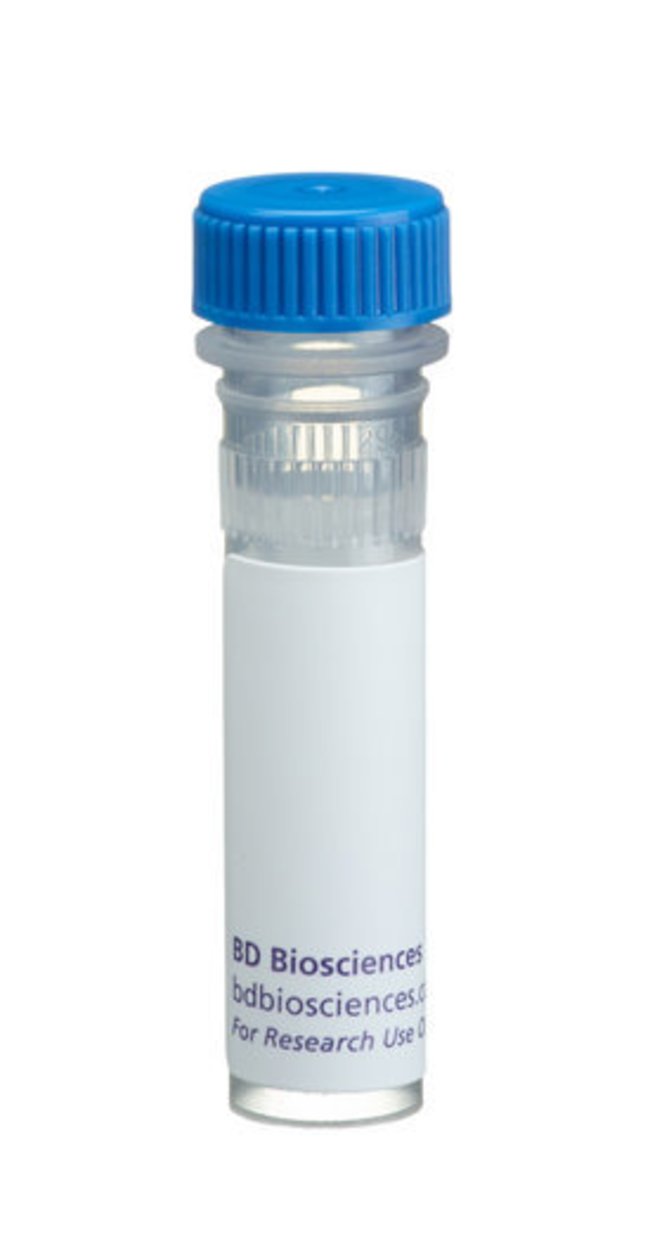Cathespin D Mouse anti-Human, Unlabeled, Clone: 49, BD, Mouse Monoclonal Antibody, Each

Details:
Cathepsin D, an enzyme that degrades proteins, was originally cloned during the search of estrogen responsive genes in MCF-7 cells. Cathepsin D is synthesized as the 43kDa preprocathepsin D that is cleaved to form a 46kDa glycosylated procathepsin D. Procathepsin is then processed into a 44kDa active Cathepsin D. The active and mature forms undergo a further cleavage that yields 28kDa and 15kDa (heavy and light chains, respectively) fragments in SDS-PAGE. The heavy and light chains of Cathepsin D are released into the extracellular medium. The maturation process of Cathepsin D occurs through the transit from the endoplasmic reticulum, Golgi apparatus, and to the lysosomes. Estrogens stimulate cell proliferation in a number of tumor cell lines and anti-estrogen therapy is often used in the treatment of breast cancer patients. Therefore, Cathepsin D, which is estrogen inducible, may have a role during the pathogenesis of breast tumors. Additionally, several other roles have been proposed for this enzyme, such as tissue remodeling, tumor invasion, and embryo implantation.Immunofluorescence, Immunohistochemistry, Immunoprecipitation, Western Blotting
Additional Information
| SKU | 10135136 |
|---|---|
| UOM | Each |
| UNSPSC | 12352203 |
| Manufacturer Part Number | 610801 |
